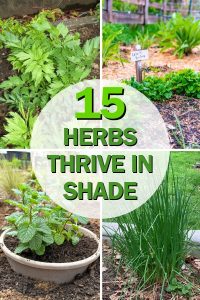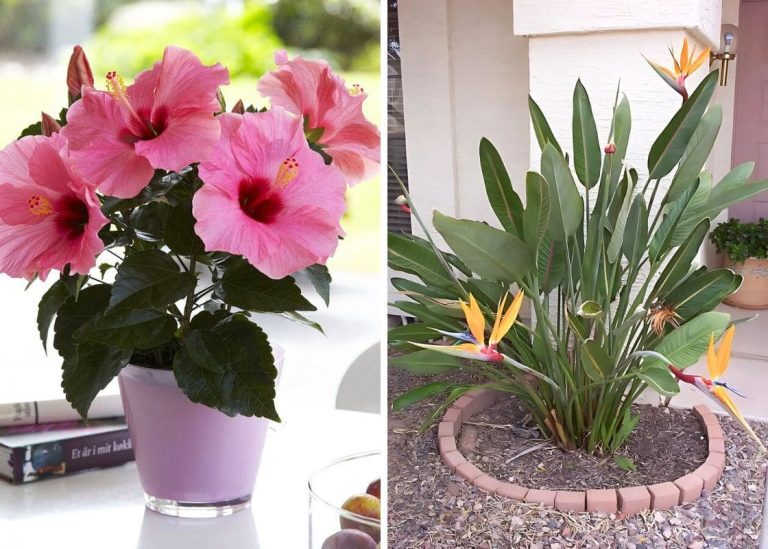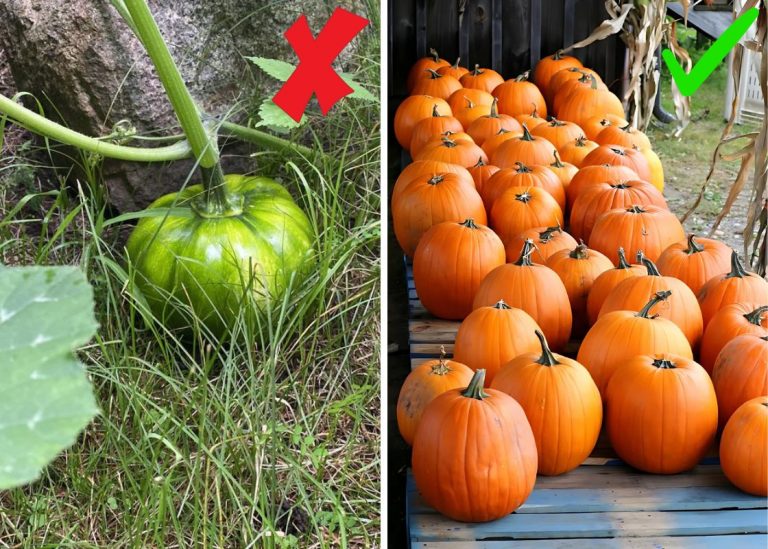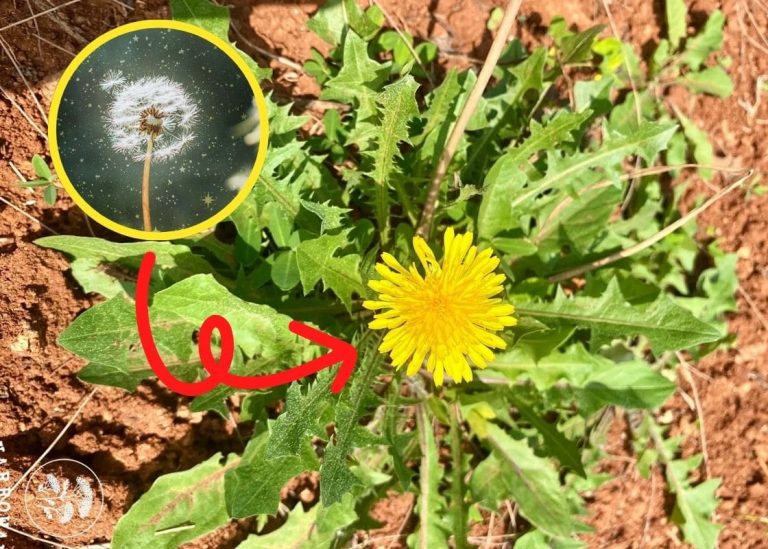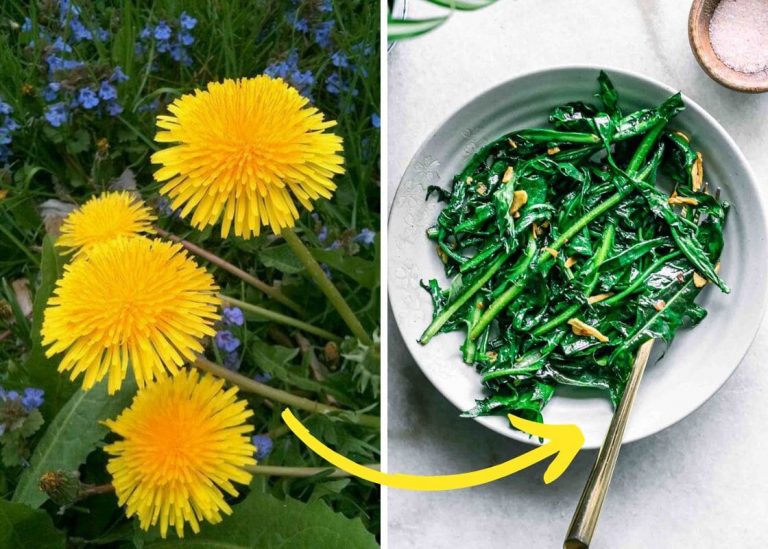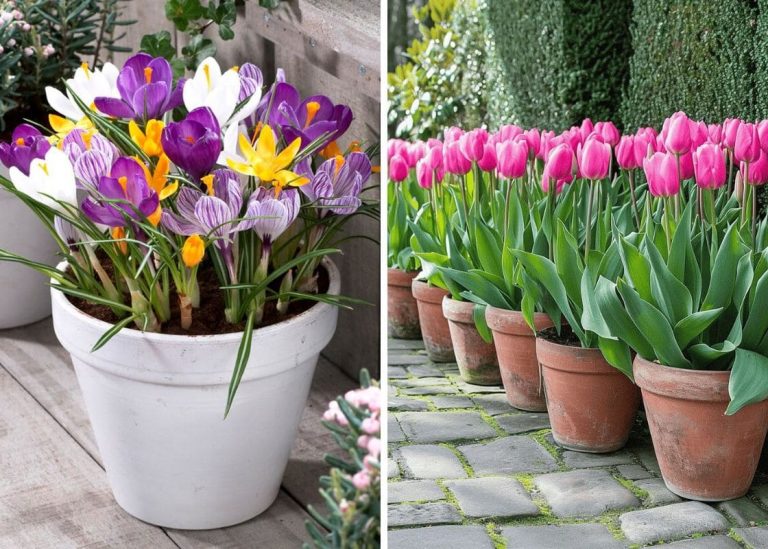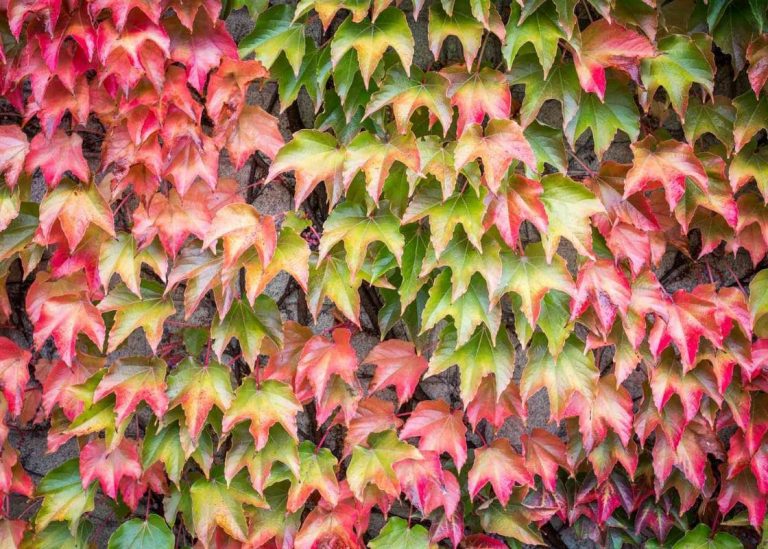Top 15 Herbs That Thrive in Shade for A Lush Growth
I once thought shady garden corners were wasted space—cool, quiet, and too dim for much of anything to grow. I’d glance at them, sigh, and move on to the sunny beds bursting with tomatoes and marigolds. But one spring afternoon, while helping a neighbor clean up her yard, I noticed a patch of vibrant mint thriving beneath a tree, its leaves full and fragrant. That tiny corner changed the way I looked at shade forever.
Since then, my garden has found its rhythm not just in full sun, but in those softer, shadowed places where the light filters gently through leaves. There’s a calm kind of beauty there. Herbs like lemon balm, parsley, and chives have become my go-to companions in those tucked-away spots—quiet powerhouses that ask for little but give back so much.
So if you’ve been wondering what to do with that shady corner near the fence or under your favorite tree, come walk with me through this list of 15 shade-loving herbs. You might just discover your garden’s hidden gems waiting to bloom in the quiet.
#1. Mint
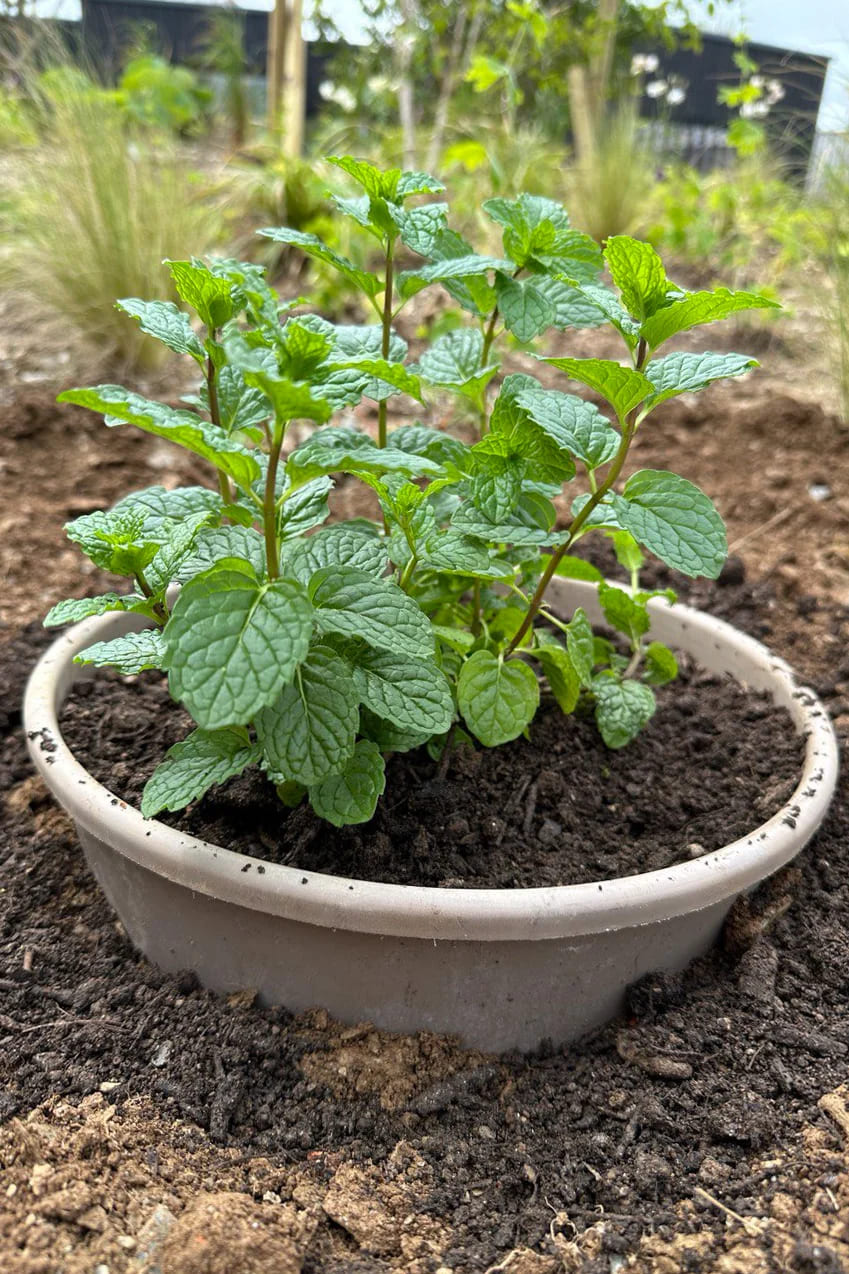
One of the most rewarding shade-loving herbs I’ve grown is mint. With its refreshing aroma and vigorous growth, mint flourishes in partial to full shade. Its vibrant green leaves are versatile, perfect for teas, desserts, or savory dishes.
I’ve learned to plant mint in containers to control its spread because it can quickly take over a garden bed. Even in low light, mint produces lush foliage that fills the air with its signature scent.
#2. Parsley
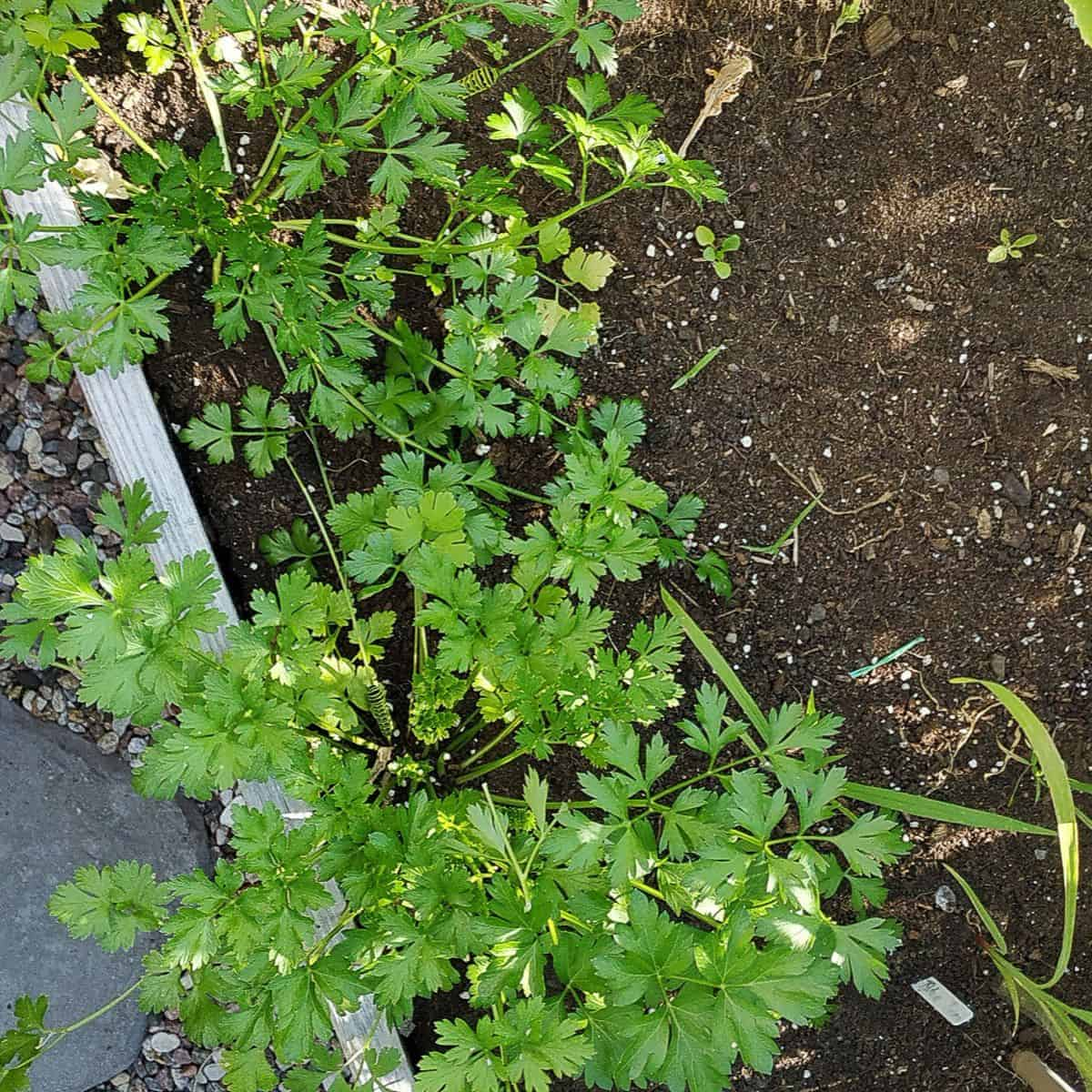
Parsley thrives in cooler climates and dappled light, making it an ideal choice for shady gardens. Whether you prefer curly or flat-leaf parsley, this herb grows well in partial shade and adds a fresh, slightly peppery flavor to countless dishes.
I often tuck parsley into garden beds beneath taller plants to maximize space, and it rewards me with a steady supply of crisp, green leaves.
#3. Chives
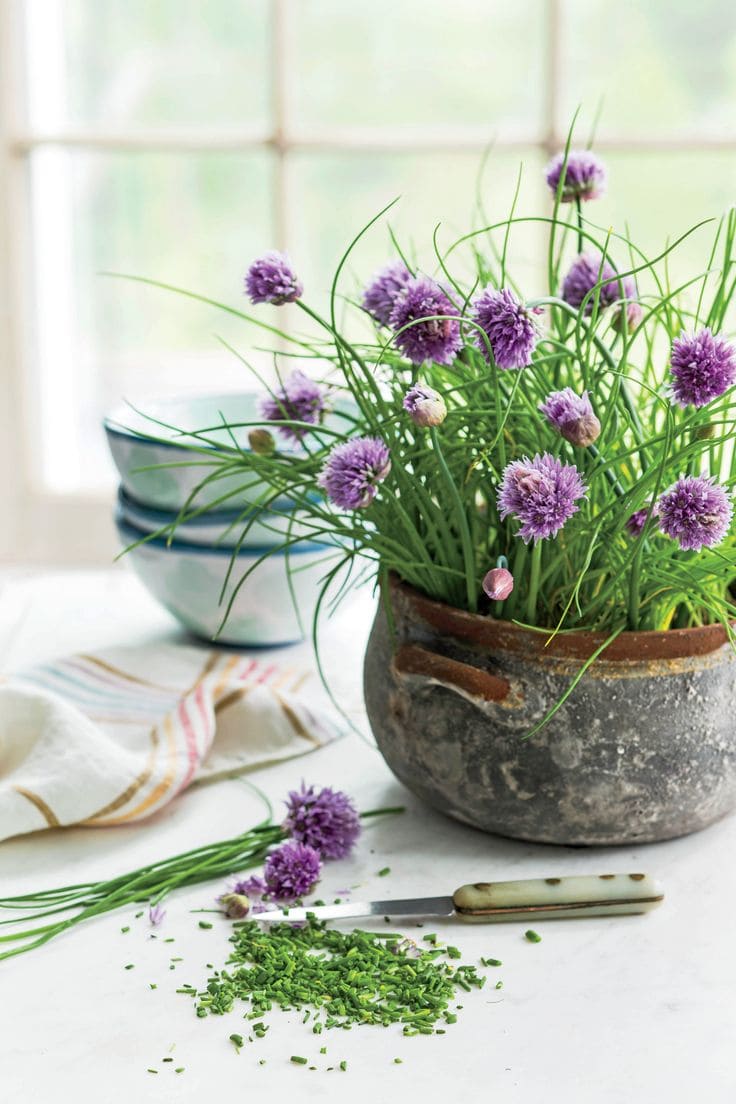
Chives are a delightful addition to any shady garden. Their slender, tubular leaves bring a mild onion flavor to salads, soups, and baked dishes.
Chives grow best in partial shade, where they still receive a few hours of indirect sunlight each day. The charming purple flowers that bloom in late spring are edible too, adding a pop of color to your meals.
#4. Lemon Balm
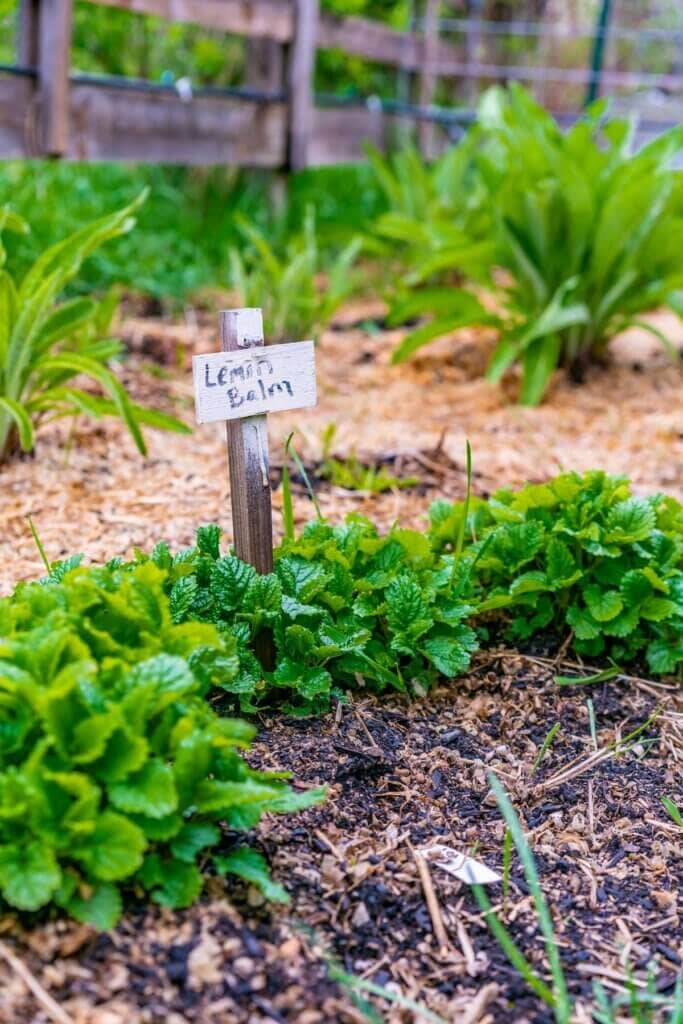
If you’re looking for an herb with medicinal and culinary value, lemon balm is a fantastic choice. This citrus-scented herb grows vigorously in shaded areas and is known for its calming properties.
I love using lemon balm leaves to make herbal teas or infusing them into desserts for a subtle lemon flavor. Like mint, lemon balm is best grown in containers to keep its growth in check.
#5. Cilantro
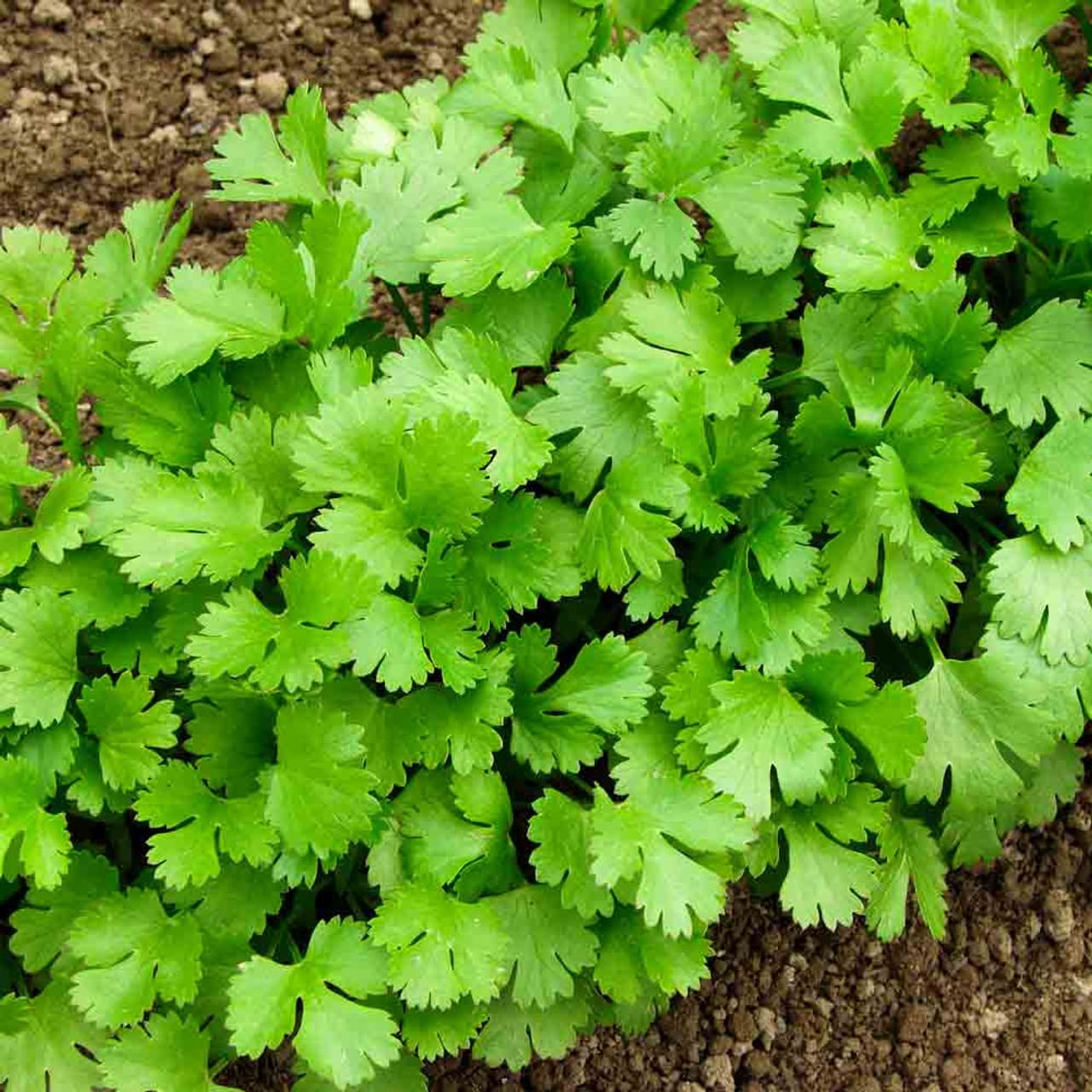
Cilantro, with its distinctive flavor and feathery leaves, is a great herb for shady gardens. It prefers cooler temperatures and grows well in partial shade, especially during the warmer months.
I often plant cilantro in early spring or late summer, harvesting its leaves regularly to encourage continuous growth. Its seeds, known as coriander, are also a valuable spice in the kitchen.
#6. Thyme
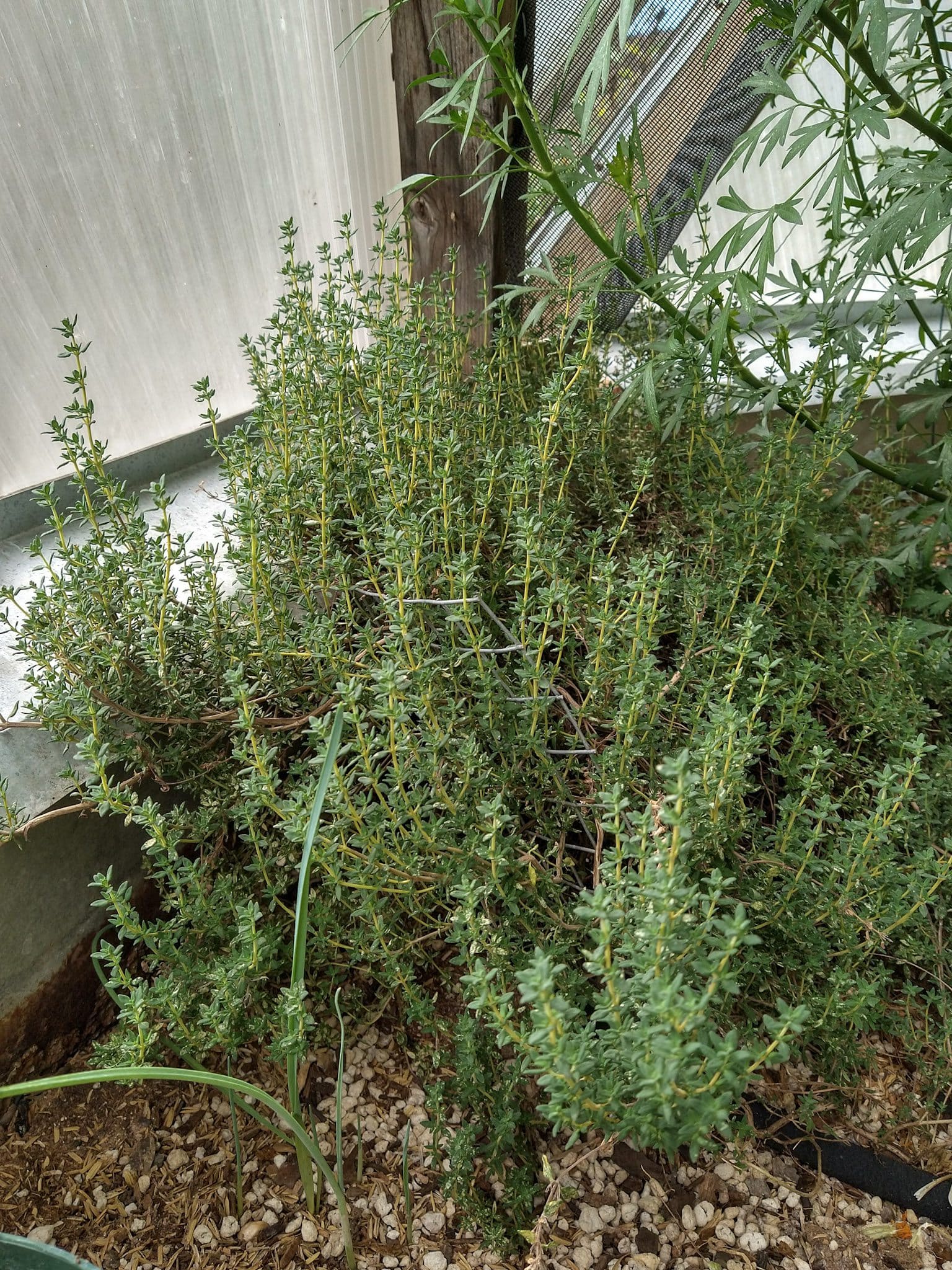
Thyme is a versatile herb that grows well in both sun and shade. Its tiny leaves pack a powerful flavor that complements roasted vegetables, meats, and stews.
In shadier conditions, thyme grows a bit slower, but its aromatic leaves remain just as flavorful. I find that planting thyme near walkways allows its scent to waft into the air as you pass by.
#7. Tarragon
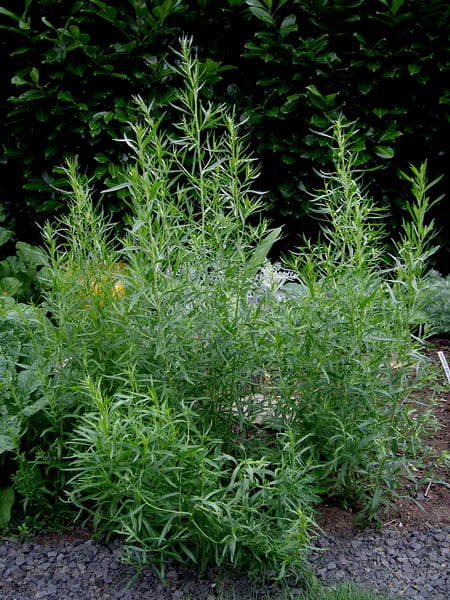
Tarragon, particularly French tarragon, is an herb that loves partial shade. Its slender, dark green leaves have a unique, anise-like flavor that’s essential in many classic dishes.
Tarragon requires well-draining soil and moderate watering, making it a low-maintenance choice for shaded garden spots. I use it to elevate sauces, vinaigrettes, and even egg dishes.
#8. Oregano
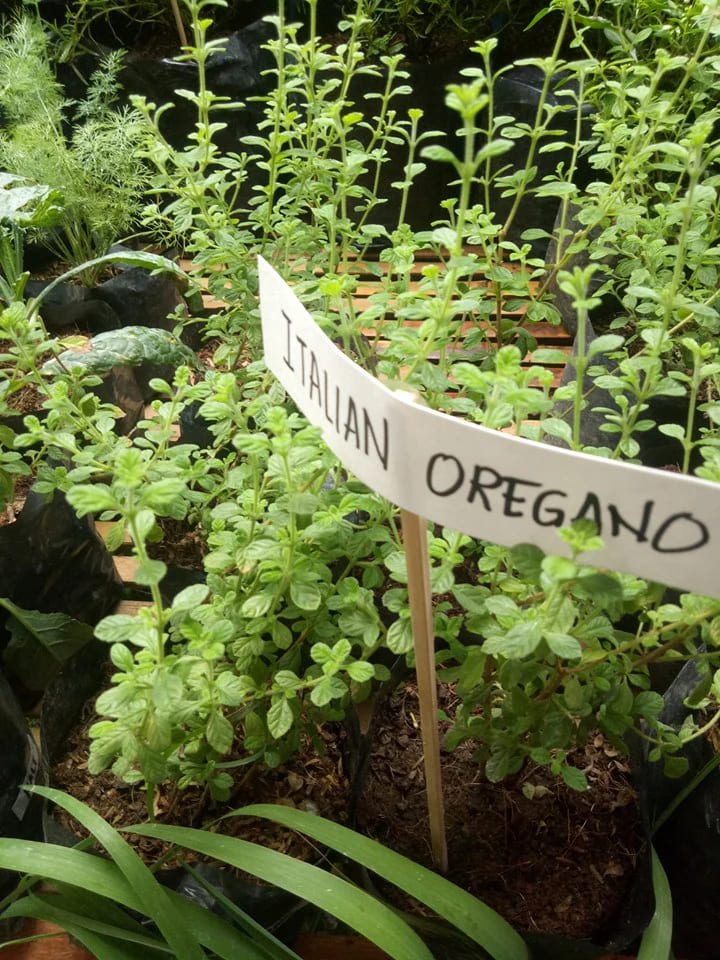
Oregano thrives in indirect light and produces fragrant leaves that are a must-have for Italian and Greek cuisine.
I’ve found that oregano grows best in slightly drier conditions, so be sure not to overwater it. Its leaves can be used fresh or dried, and it pairs beautifully with tomatoes, meats, and cheeses.
#9. Lovage
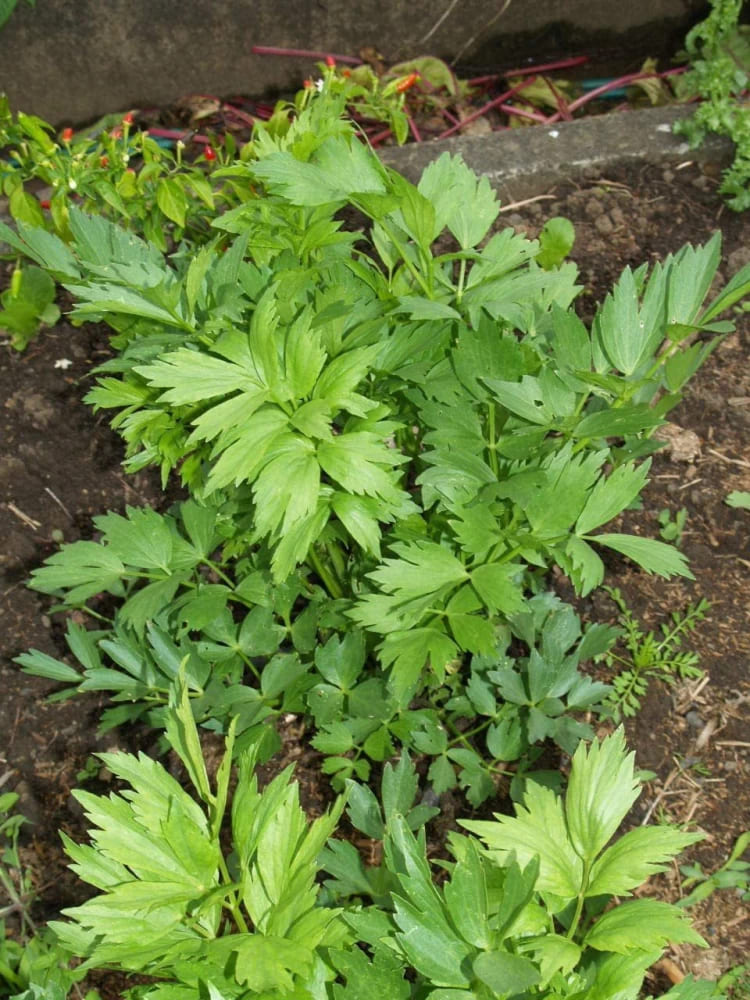
Lovage is an underappreciated herb that does remarkably well in shady spots. With its tall, celery-like stalks and aromatic leaves, lovage is a wonderful addition to soups and broths.
It’s a perennial herb, meaning it will return year after year with minimal effort. I’ve found that lovage thrives in moist, rich soil and adds a unique flavor to my culinary creations.
#10. Vietnamese Coriander
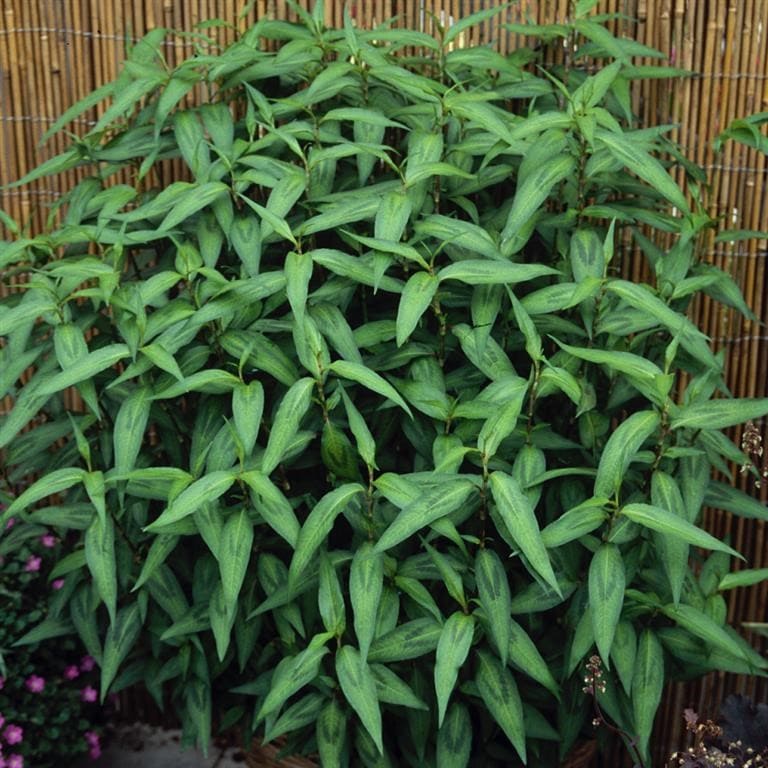
Also known as rau ram, Vietnamese coriander is a tropical herb that loves warm, humid conditions and grows well in partial shade.
Its spicy, citrusy flavor is a staple in Southeast Asian cuisine, and it’s incredibly easy to grow. I keep it in pots so I can bring it indoors during cooler months, ensuring a year-round supply.
#11. Sorrel
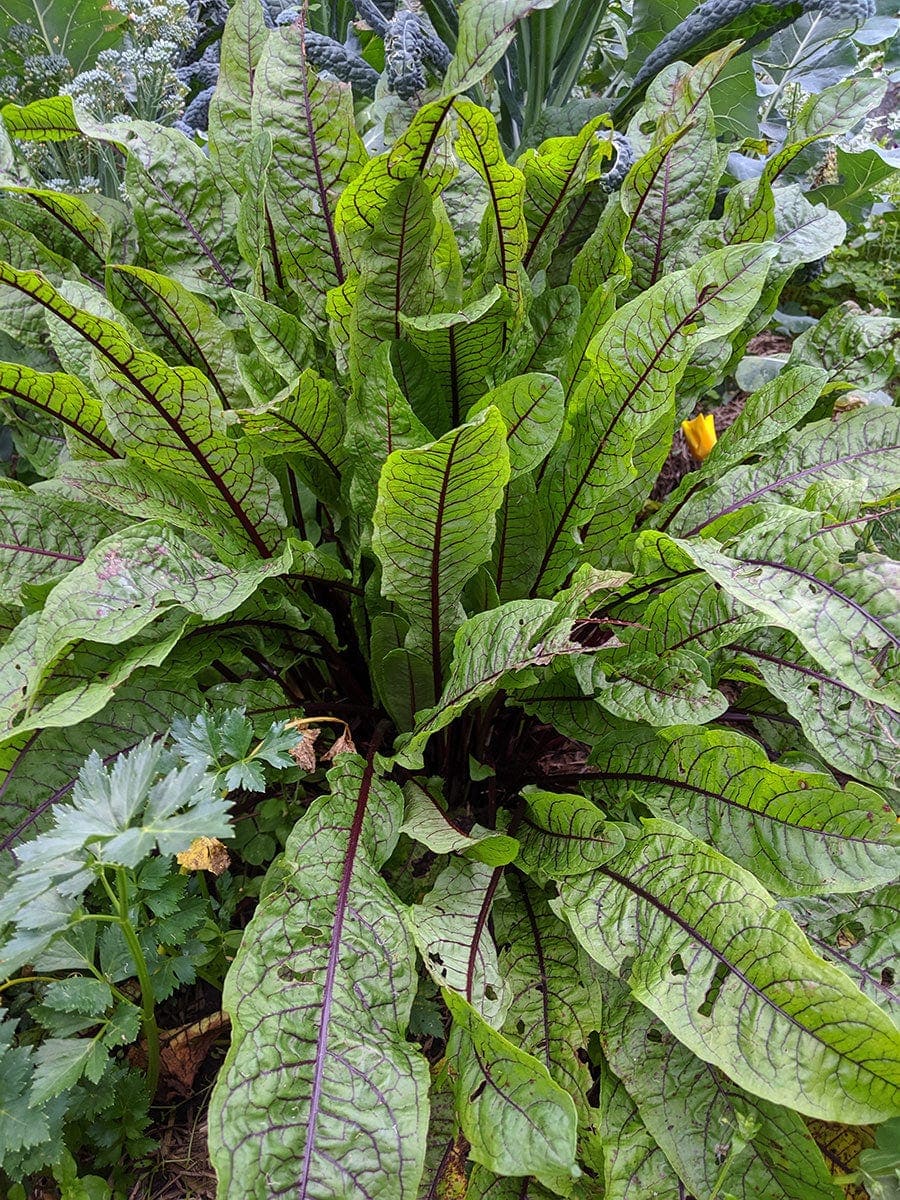
Sorrel is a leafy herb with a tangy, lemon-like flavor that thrives in partial shade. It’s perfect for adding a zesty kick to salads, soups, and sauces.
Sorrel prefers rich, moist soil, and I’ve found that regular harvesting of its leaves encourages new growth. It’s a perennial, so once established, it will provide fresh leaves for years to come.
#12. Basil
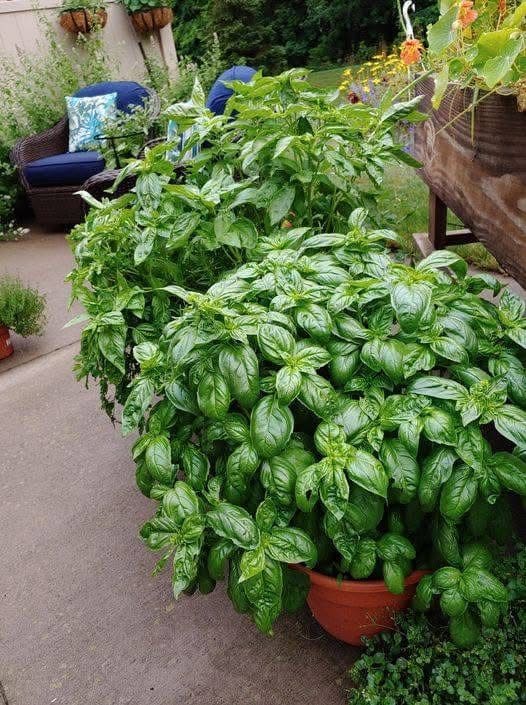
Thai basil can tolerate partial shade, especially during hot summer months when full sun might scorch its leaves. Thai basil’s distinctive licorice-like flavor makes it a favorite in Asian cooking.
I grow it in pots near my kitchen for easy access and pinch off the flowers to keep the plant focused on producing flavorful leaves.
#13. Sage
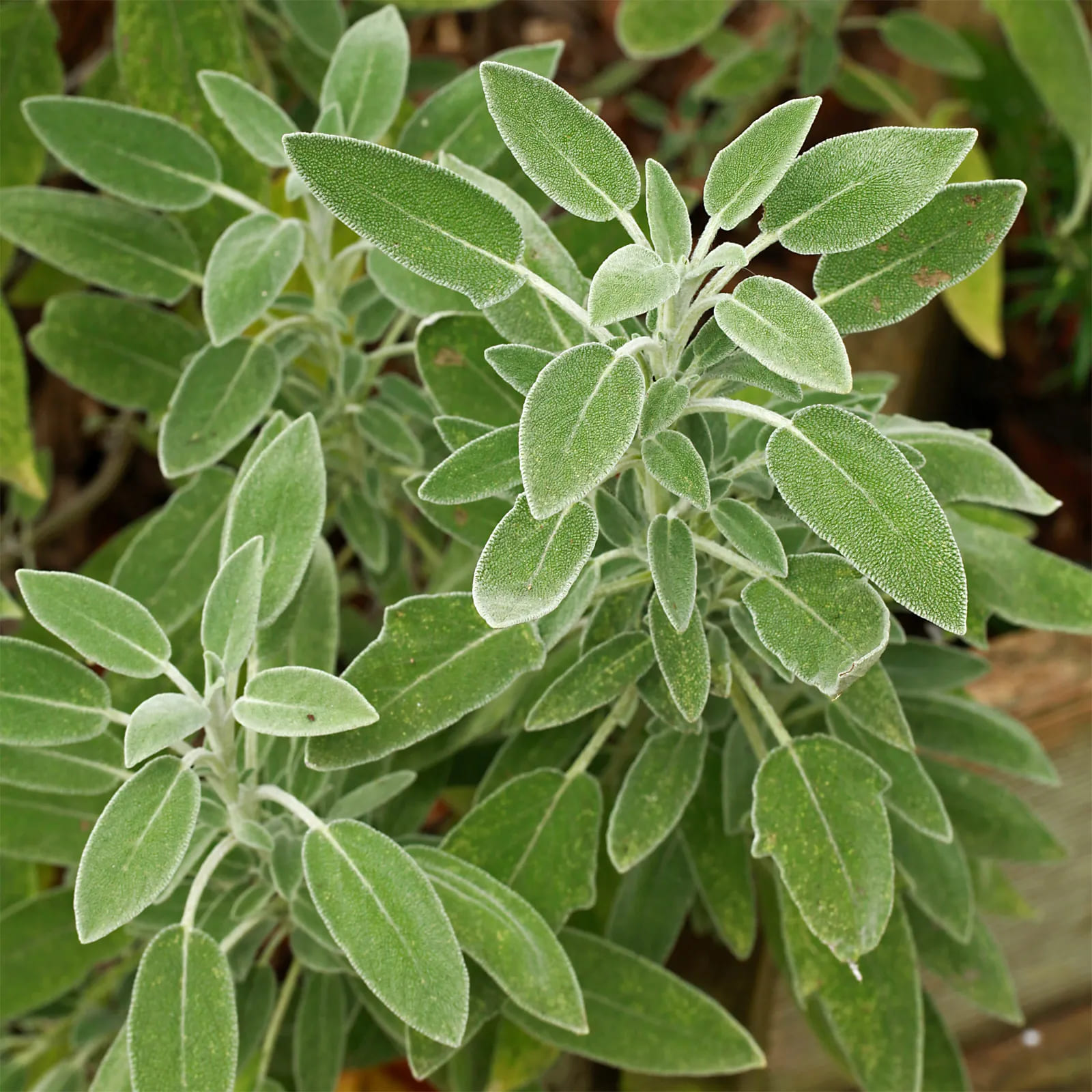
Sage is a hardy herb that can grow in partial shade, especially in cooler climates. Its velvety, gray-green leaves are packed with earthy flavor, making them ideal for stuffing, roasted dishes, and teas.
Sage thrives in well-draining soil, and I’ve found that trimming the plant regularly helps maintain its shape and vigor.
#14. Woodruff
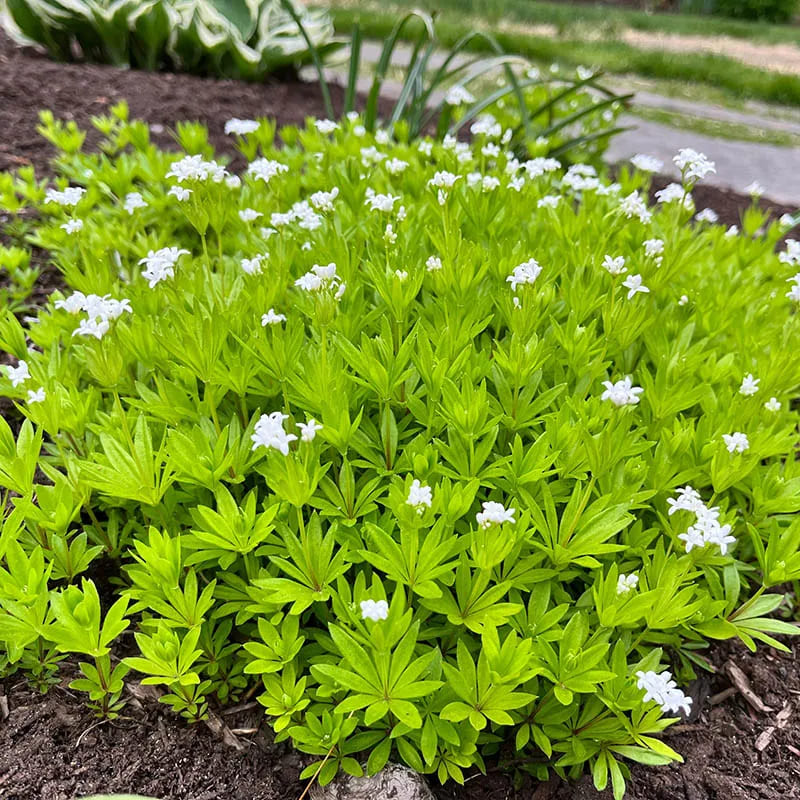
Woodruff thrives in full to partial shade and is known for its sweet, vanilla-like aroma. Its leaves intensify in fragrance when dried, making them perfect for herbal teas or potpourri.
Woodruff grows as a ground cover, spreading easily in shady garden beds. Its delicate white flowers add a touch of elegance to any space.
#15. Dill

Dill can tolerate partial shade, although it prefers a few hours of sunlight each day. Its feathery green leaves are perfect for flavoring fish, pickles, and salads.
I often let dill go to seed, as its seeds are just as useful in the kitchen as its foliage. Dill grows quickly, making it a great choice for gardeners who want fast results.
Final Thoughts
Shaded spaces have a magic all their own. They hum softly instead of singing loud—cooler, calmer, and often overlooked. But fill them with herbs that love the quiet, and suddenly, those once-forgotten corners become full of scent, texture, and usefulness.
These 15 herbs aren’t just easy to grow—they’re a gentle reminder that not all growth needs to happen in full light. Which ones surprised you most? Leave a comment, share your story, or snap a photo of your shady herb patch. I’d love to hear about the quiet corners of your garden and the life they’re growing.
